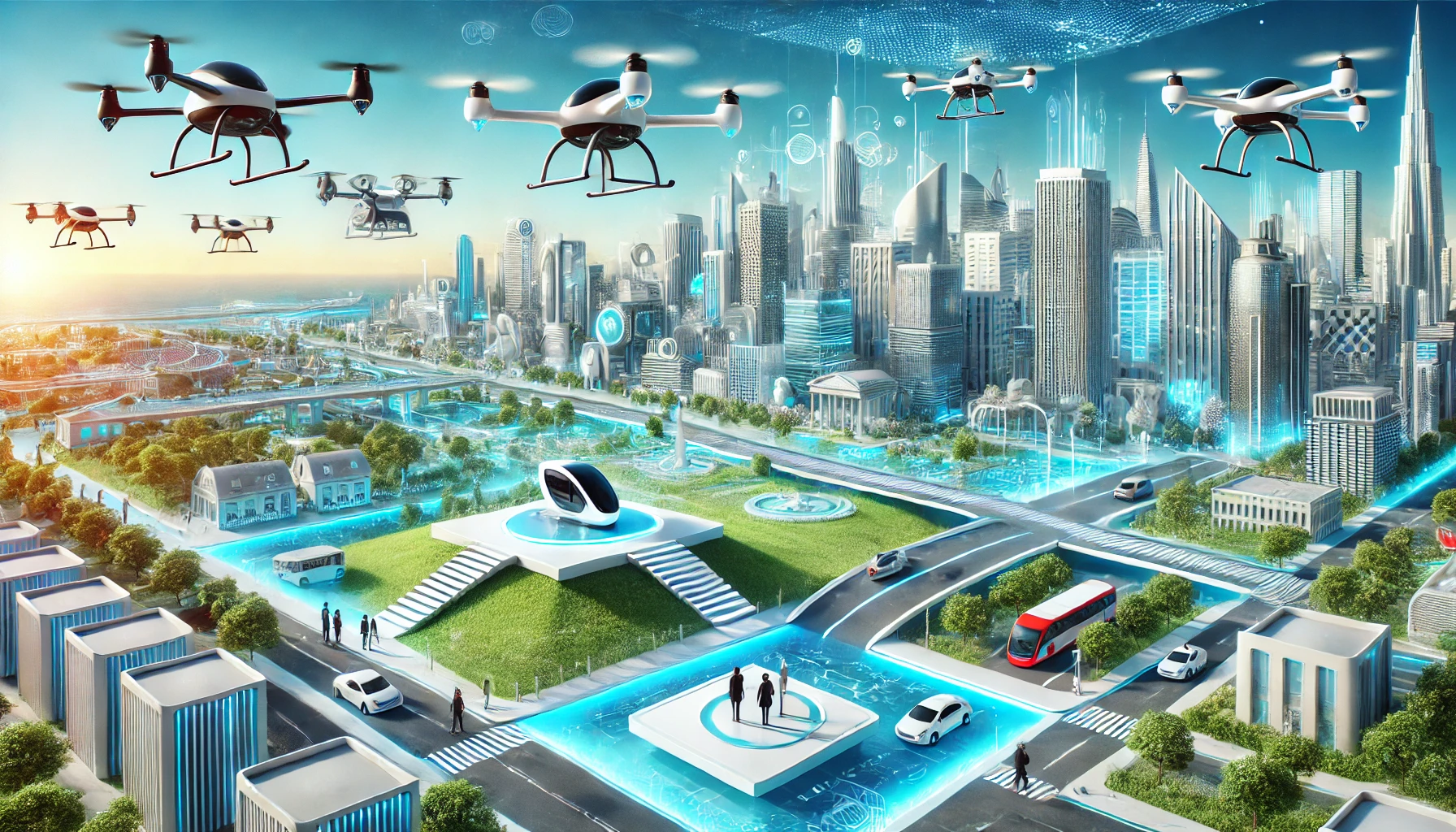What Is Urban Air Mobility?
Article Source: Urban Air Mobility Concepts and Implications

Why you should care
As cities grow denser, transportation faces challenges like traffic congestion, pollution, and inefficiency. Urban Air Mobility (UAM) offers a futuristic solution: electric flying vehicles for short-distance travel. This can transform commuting by reducing travel time, cutting emissions, and easing the burden on ground infrastructure.
Answering the question… What is urban air mobility?
Urban Air Mobility refers to the use of advanced air vehicles, often electric vertical takeoff and landing (eVTOL) aircraft, to transport people and goods within urban and suburban areas. These aircraft promise faster and eco-friendly travel over congested ground routes. For example, a 20-mile urban trip could take just 10 minutes by air compared to 45 minutes by car.
How was the study done?
The research analyzed current UAM prototypes, operational models, and infrastructure requirements. It assessed energy efficiency, flight range, and urban airspace regulations. Simulations of UAM operations were conducted to evaluate noise levels, safety protocols, and integration with existing transport systems.
What was discovered?
- Efficiency: eVTOL aircraft consume 35–50% less energy than helicopters for similar trips.
- Time Savings: UAM can reduce commuting time by up to 70% for urban distances.
- Economic Impact: UAM has the potential to create a $9 billion market by 2030, with over 160,000 vehicles in operation.
- Noise and Safety: Noise levels are 70% lower than conventional helicopters, and advanced automation ensures safe navigation.
- Sustainability: UAM systems can cut urban transport emissions by 25–40% when powered by renewable energy.
- Challenges: High infrastructure costs and regulatory hurdles remain key obstacles to large-scale implementation.
Why does it matter?
UAM could revolutionize urban transportation, making cities less congested and more sustainable. By enabling rapid, clean travel, it aligns with goals for greener urban living and improved mobility. It also offers economic opportunities through job creation in vehicle manufacturing, maintenance, and new infrastructure projects.
